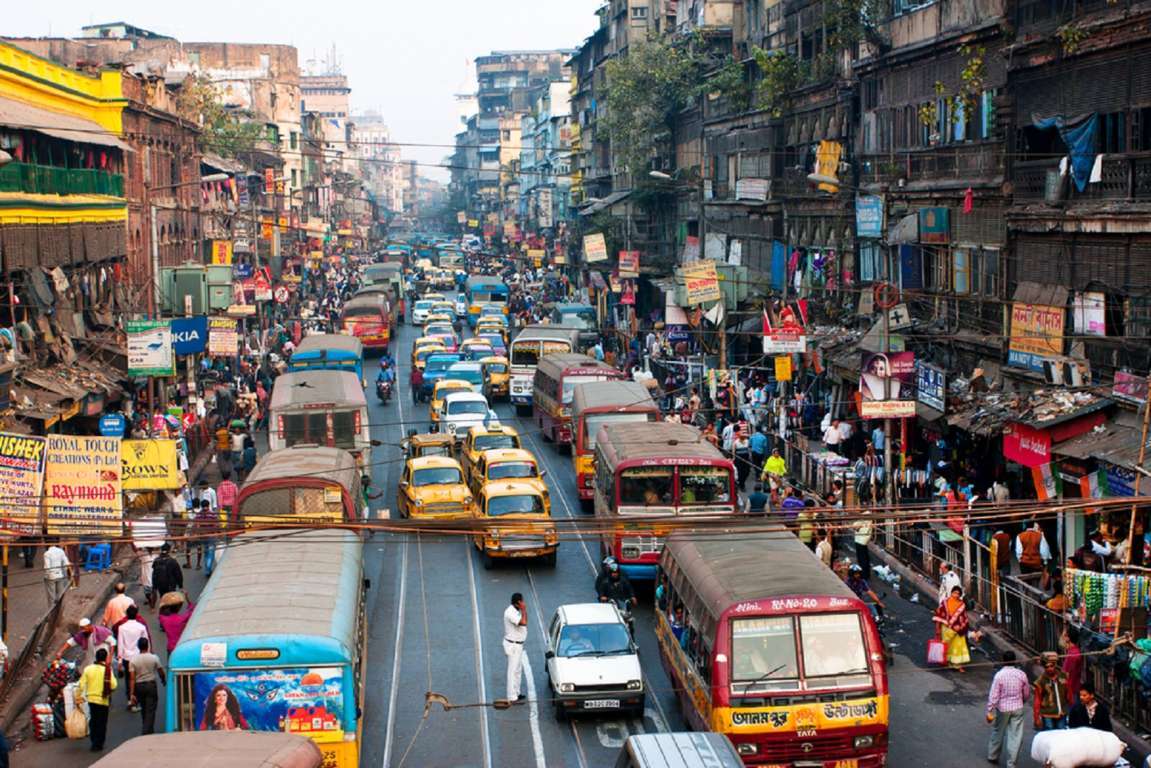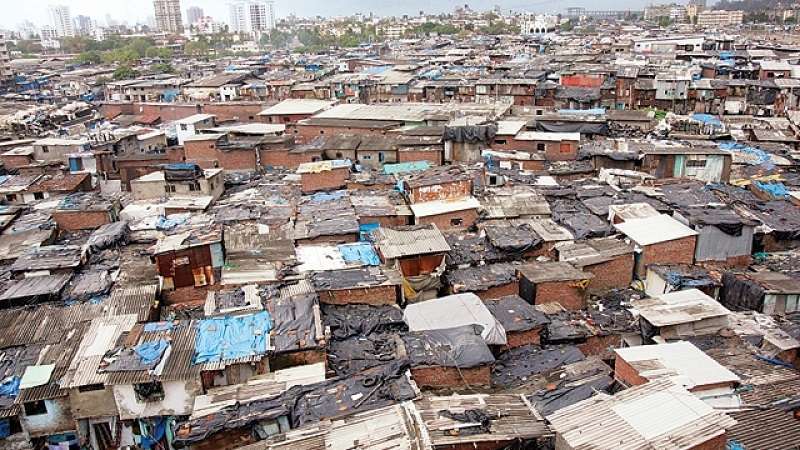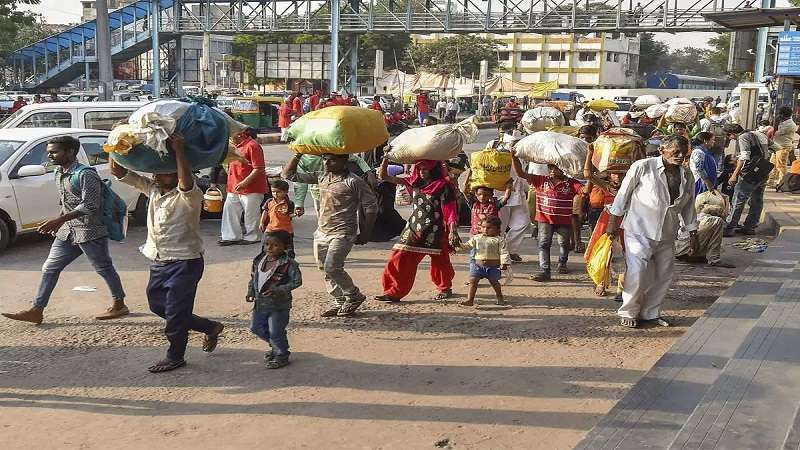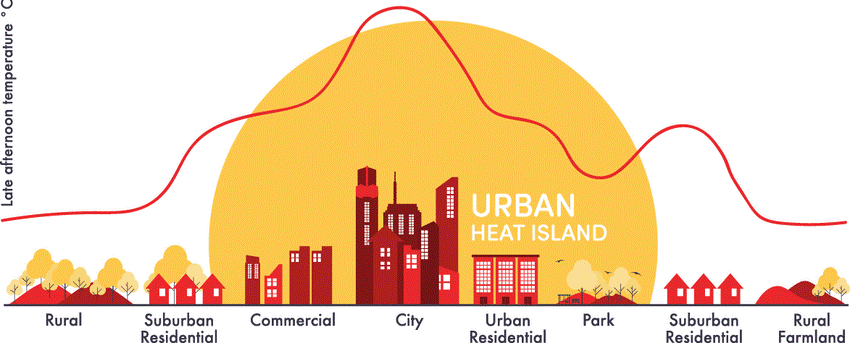Integrated Urban Water Management
Integrated Urban Water Management
Introduction
Over
the decades, India has witnessed continuous migration from rural areas to urban
areas. The Census 2011 data estimates that, the proportion of the population
residing in urban areas increased to 31.2% in the year 2011 from 27.8% in 2001.
It is estimated that 50% population will start residing in urban areas by the
year 2050. (Census
of India, 2001) This increase in the population
of urban areas is putting tremendous pressure on natural resources available
for the city such as water, the physical infrastructure of the city like water
supply, sewage management, solid waste management, storm water management and
transportation.
The
responsibility of urban water supply is dispersed among various agencies at the
city and state level. Along with State Public Health Engineering agencies,
water supply and sewerage or drainage board at the city and state level, as
well as Municipal governments share the responsibility. Mismanagement of water
resources has led cities to face critical situations in many parts of the country.
The issues which are being raised due to improper water governance are not
addressed properly. People from many parts of the country do not have access to
safe water for drinking and domestic purpose. Water scarcity is leading to
conflicts between cities, states and countries. As water demand for industrial
and domestic use will increase in the coming years so the conflicts.
Many
municipalities in India are struggling for water, which includes abstracting
the water resources, water losses during the supply and collection of water,
non-revenue water losses, inadequate wastewater treatment capacity, followed by
improper drainage and solid waste management. Ground water table level in many
parts of the country is reaching dangerous levels. It is considered as an
individual property and exploited at an alarming rate. Climate change is one of
the main concerns in urban development.
Climate
change is triggering increase in the temperature, increased frequency of
drought and floods, cyclones and heat waves. Sea levels across the whole world
are increasing at an alarming rate.(Vairavamoorthy
et al., 2015) Many cities along the shore
experience the flood situation. Eventually climate change will affect the water
in terms of quality and quantity, seasonality of water available and sanitation
as it will increase the water treatment requirements due to flood damage. It
will reduce the availability of potable water sources and operational capacity
of the infrastructure.
To
overcome the problems, there is need to evolve a framework which will help in
addressing the problems related to urban water loop. The National Water Policy,
2012 by Ministry of Water Resources, Government of India also addressed the need
to evolve National Framework Law, which will recognise water not only as a
scarce resource but also as a Sustainer of life. (GOI,
2012)
Analysis
Integrated
Urban Water Management (IUWM) is an approach that builds on planning, managing
and maintaining the water sector in cities by considering entire urban water
loop and closing it. It provides a framework for planning, designing and
managing urban water systems. (Global
Water Partnership, 2013) Integrated Urban Water
Management framework covers environmental, social, economic, technical and
political aspects of water management. IUWM takes into consideration fresh
water, waste water, storm water and solid waste and
integrate it with
land use planning and economic development. This practice helps in proper
management of water in terms of quality and quantity.
IUWM integrates planning for water sector considering other sectors of urban planning such as land, housing, transport, energy and environment. It will improve the conventional water management practices to sustainable practices. Collective goals can be formed for all the sectors through IUWM and worked on to give sustainable practices. The goals of urban water management are to provide a framework which will manage the water supply, sanitation infrastructure, water pollution due to solid waste management, rainwater management, control of the water borne diseases, controlling the flood damage to the riverside and shore areas, reducing the risks due drought and water related hazards and landslides taking into consideration the preservation of natural water resources.
Figure 1: System of Integrate Urban Water
Management
Source: (Global Water Partnership, 2013)
IUWM
works on certain principles to get a framework which is better coordinated and
promotes the sustainable practices: (Vairavamoorthy
et al., 2015)
Ø
Protect,
conserve and utilize water resources at source
Ø
Make
use of alternative water resources
Ø
Considering
urban water loop (Water storage, distribution, treatment, collection of sewage,
treatment and disposal)
Ø
Sustainable
development in water sector
Ø
Maintaining
water quality according to water use
Ø
Recognise
relationships among water resources, land use and energy
Ø
Improve
formal and informal institutions and practices
Ø
Encourage
participation by stakeholders
IUWM
practice was propagated in India since 2015. Due to lack awareness and limited
knowledge of IUWM it was not adopted in smaller cities. National Institute of
Urban Affairs carried out study to analyse the extent of Integrated Urban Water
Management in Indian cities in the year 2021, one of which was Delhi. Delhi is
Megalopolis experiences the growth in population, urbanization and financial
growth. The IUWM framework is applied to Delhi and feasibility of the Delhi
city was studied under three heads namely:
1) Analysis of Delhi’s enabling
environment for IUWM
2) Analysis of Delhi’s institutions
for enabling IUWM
3) Analysis of Delhi’s management
instruments for facilitating IUWM
The
detailed study of water related policies and strategies of Delhi, financial status
to support the infrastructure required for IUWM, coordination among various
water related agencies in city, available and required human capacity of water
related agencies, available database on water resources, technological
advancement in water sector and research and innovation in water sector was
studied under these heads.
Singapore
is one of the best examples in the world which has evolved over decades to give
the water management solutions. Advanced technologies like membrane-based water
purification (NEWater) is helped Singapore in reclaiming water in large scale.
Singapore has worked on its water demand by providing water saving devices in
households. Revenue coming out of water supply is used for the development of
water related infrastructure. The water recycling programme is managed by
Public-private Partnership. Integrated Water Management policy is the priority
for the country. (ADB,
2010) Political will and commitment
towards sustainable development drives the development of a sector.
Figure
2: PUB NEWater Loop
Source: (Water et al., 2021)
Integrated
Water Resource Management (IWRM) at local level can be considered as the first
step towards IUWM. The three basic principles on which IWRM works are the
enabling environment of appropriate policies and laws, the institutional roles
and framework and the management instruments. (CWC,
2016) The goal of IWRM is to achieve
water security for domestic,
irrigation and industrial water use and reducing risks caused by water hazards.
Rivers are considered as a potential source of fresh water in India, hence to
have integrated approach to river basin management is necessary. Involvement of
Stakeholders in the sustainable basin management will help in participation of
various sectors in preparation of basin management plans at different levels.
This will assist levels of administration to improve the work based on the
local factors. Management of finance for project plays a key role. Delay in
fund raising, delay in implementation of projects, environmental clearance can
cause heavy economic losses. There is need to reconsider the allocation of
water to various uses. The issues over the river basin between the states can
be solved by joint projects, treating the issues together, preparing
appropriate legal and institutional framework.
Conventional
water management considers water supply, wastewater management and storm water management
as isolated units which have different policies, legislation and standard
operating procedure. Water is only used once and then goes to treatment and
disposal; storm water, which needs less degree of treatment directly goes to
common drain, increasing the load on waste water treatment plants. In many
cities in India the water supply and waste water treatment systems are
centralised which puts tremendous pressure on a single unit. Linear approach in
conventional water management promotes the single use of water and increases
the quantity of water to be treated.
IUWM
approach confines all type water resources: surface water, ground water,
transferred water, desalinated water, rain water, black, brown and grey water,
reclaimed water, storm water and virtual water. (Global
Water Partnership, 2013) IUWM promotes the multiple use
of water before it is disposed. IUWM instigate the circular approach in the
water management. A transition from a linear economy to circular economy will
help with adoption of wastewater reuse in the community. Circularity in urban
water management can be achieved by reduction, reclamation, reuse, recycling,
recovery and rethinking. In IUWM water supply, waste water, storm water will be
handled as a single unit creating combined goals, policies and framework. Storm
water as a potential resource will recharge ground water, aquifers and
vegetation.
Recommendations:
Central
Government can encourage the IUWM by setting national policies on land and
infrastructure services. By working closely with local governments, Central
Government can enhance the system. Local governments need to focus on long term
planning for water management. It should establish better coordination between
the different government departments handling water sector, involvement of
stakeholders, addressing the local level water related issues and finding
solutions for it at ground level. The practice of managing water needs at local
level should be promoted. It will help in local water planning, optimum use of
local water resources, minimising water pollution and recycling the water.
Involvement
of private sector in IUWM will help in delivering services; extend service
coverage and giving financial stability to project. Brazil has taken the help
of the private sector to strengthen the commercial water management. (Vairavamoorthy
et al., 2015)
The
framework for IUWM should contain good coordination between the departments
dealing with water sector. Coordination structure that will ensure good
coordination between authorities, departments, levels of governments, local
communities and stakeholder can be explained with the help of figure 3.
Figure 3: Integrated Urban Water Management
(Source: Tucci, 2009)
Urban Planners can
play an important role in policy formulation for various water sectors
department by considering it as one unit, by linking planning with
infrastructure provision, involvement stakeholders, deciding plan of action,
defining responsibilities of each authorities, coordination between water
services, control of water use and maintenance of water infrastructure. To
achieve sustainable urban development goals, bringing all the parameters in a
single frame is necessary (Figure 4).
Figure
4: Framework for Integrated Urban Water Management and Land Use Planning
Source: (Carlos et al., 2010)
Advancement
in technologies and policies is necessary to adopt the IUWM approach at
commercial level. Advanced technologies such as membrane technologies,
nanotechnology and microbial fuel cells, natural treatment systems and
treatment systems with source separation will help in adopting IUWM at large
scale. (Global
Water Partnership, 2013)
There
should be changes in policies and institutional framework as per requirement.
Water supply quantity may be seen as the human development index and made
uniform in rural and urban areas.
Periodic reviews and progress check in the sectors is important. Along
with the institutional reform public awareness is necessary to reduce the water
consumption and to promote the multiple use of water before disposing it.
Conclusion
An
increase in the population of urban areas and resulting urbanization is putting
tremendous pressure on city infrastructure. Managing the water sector for a
city has become the primary task for local governments. Mismanagement of water
resources has led cities to face critical situations in many parts of the
country. Climate change, increasing sea level, increased frequencies of floods,
droughts and cyclones are adding to the problem. IUWM provides a framework to
overcome the issues and address the problems related to urban water loop.
IUWM
framework covers environmental, social, economic, technical and political
aspects of water management. It helps in water conservation measures, reduces
demand and supply gap in water scarce areas. IUWM also focuses on water quality
and quantity according the water use. It brings circularity in the water sector
eliminating the conventional approach for single water use.
Government’s
role at various levels is a key to success of IUWM. Financial incapability for
building water infrastructure and related projects can be solved with the
involvement of private sectors, which will help in the completion of the
project in time. IUWM approach promotes the involvement of stakeholders to
utilize the knowledge. Integrated approach foe water management will help in
achieving the sustainable development goals. It will help in providing water
and sanitation services to all the community in appropriate quantity and
quality.
References
Ø ADB. (2010). Annual Report 2010. 1.
Ø Carlos, T., N., P. J., & A., G. J. (2010). Integrated Urban Water
Management : Humid Tropics.
Ø Census of India. (2001). Migration Tables. Census of India, 1,
1–35.
Ø CWC. (2016). Guidelines for Integrated Water Resources Development and
Management Table of Contents.
Ø Global Water Partnership. (2013). Policy Brief | Integrated Urban Water
Management (IUWM): Toward Diversification and Sustainability. 16, 1–4.
www.gwp.org.
Ø GOI. (2012). National water policy (Vol. 114, Issue 4).
https://doi.org/10.1061/(ASCE)1052-3928(1988)114:4(408)
Ø Vairavamoorthy, K., Eckart, J., Ghebremichael, K., & Tsegaye, S.
(2015). Integrated urban water management. In Routledge Handbook of Water
and Health (Issue 16). https://doi.org/10.4324/9781315693606
Ø Water, N., Pub, A., Rainwater, C., Raw, P., After, D., &
Water, R. (2021). What We Do. 1–3.
Related Articles

Is it possible to think about the right to mobility in Indian cities?

A NEED TO UPGRADE THE SLUMS

PLANNING INTERVENTIONS FOR MIGRANT LABOURERS

Intelligent Energy System for Sustainable Use



